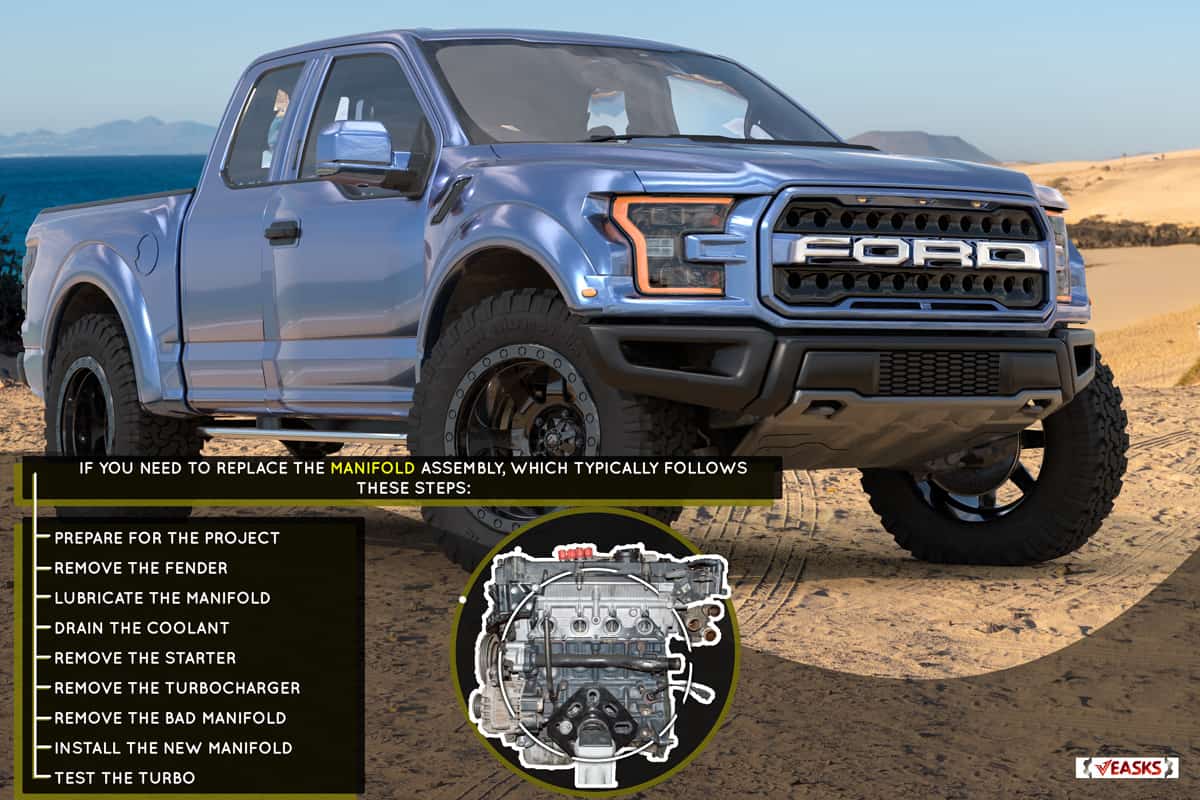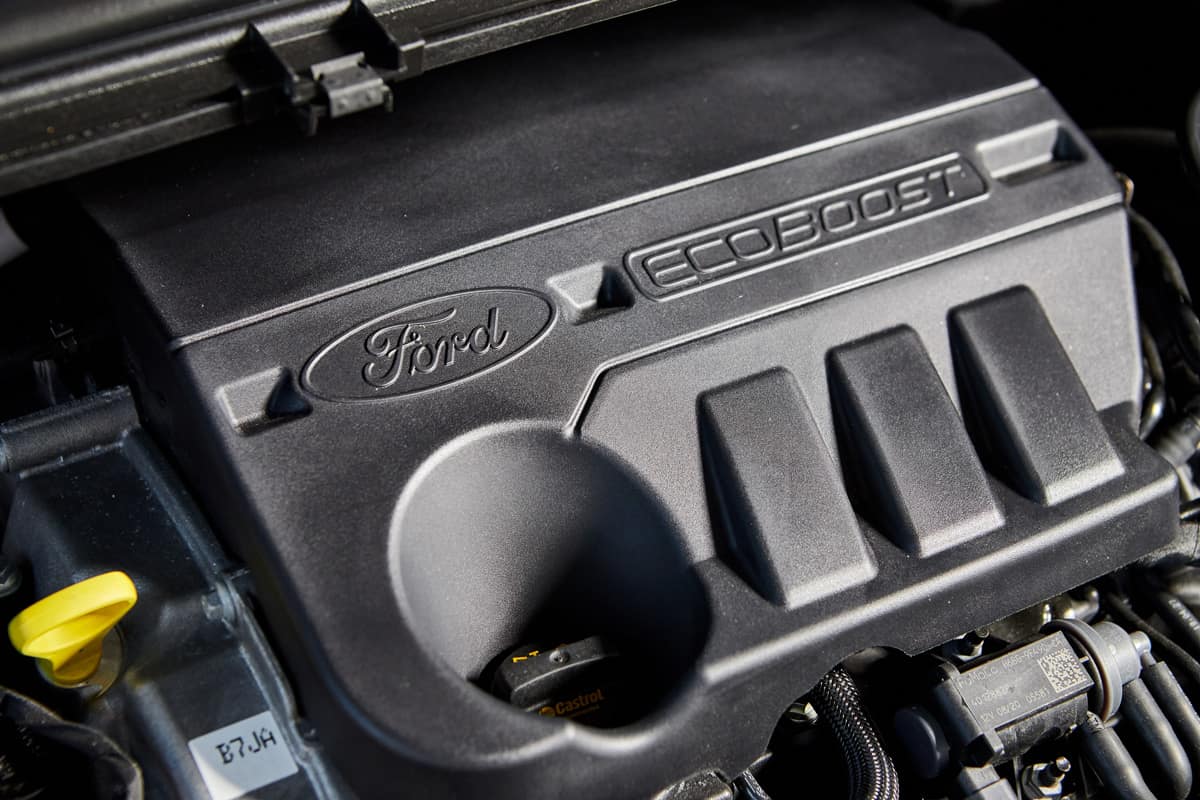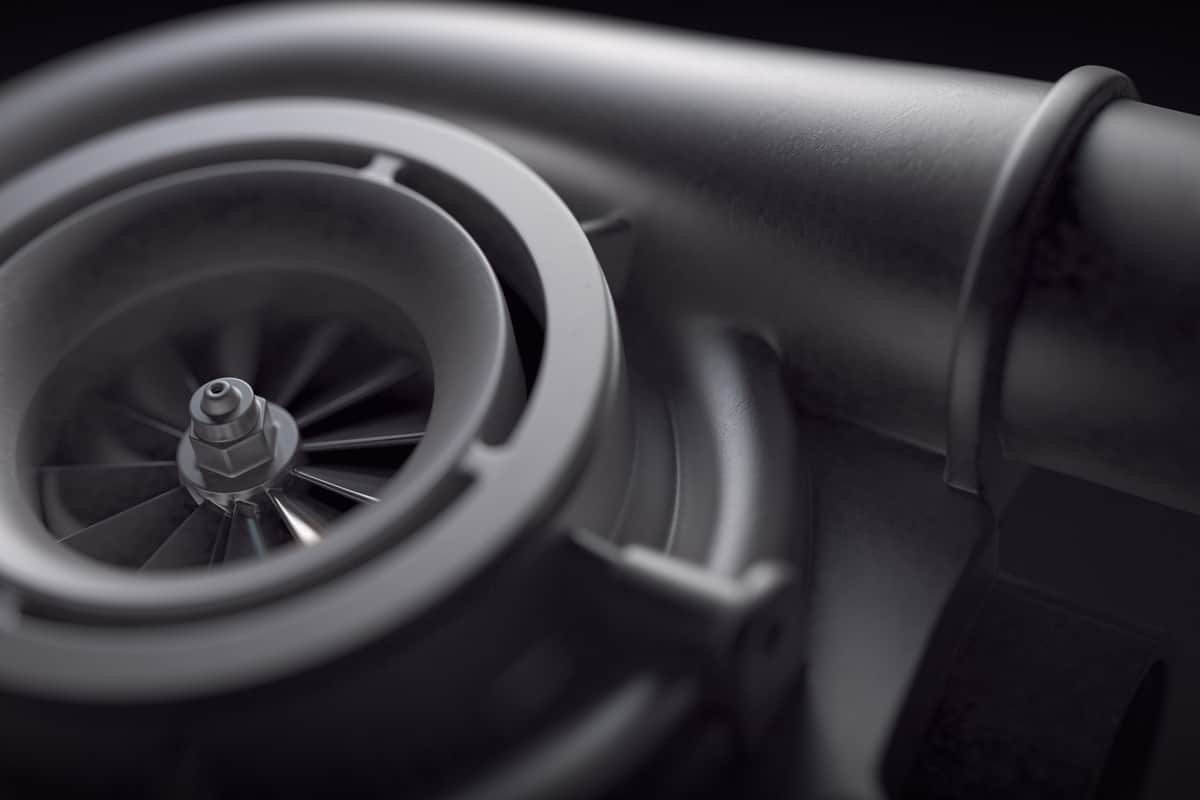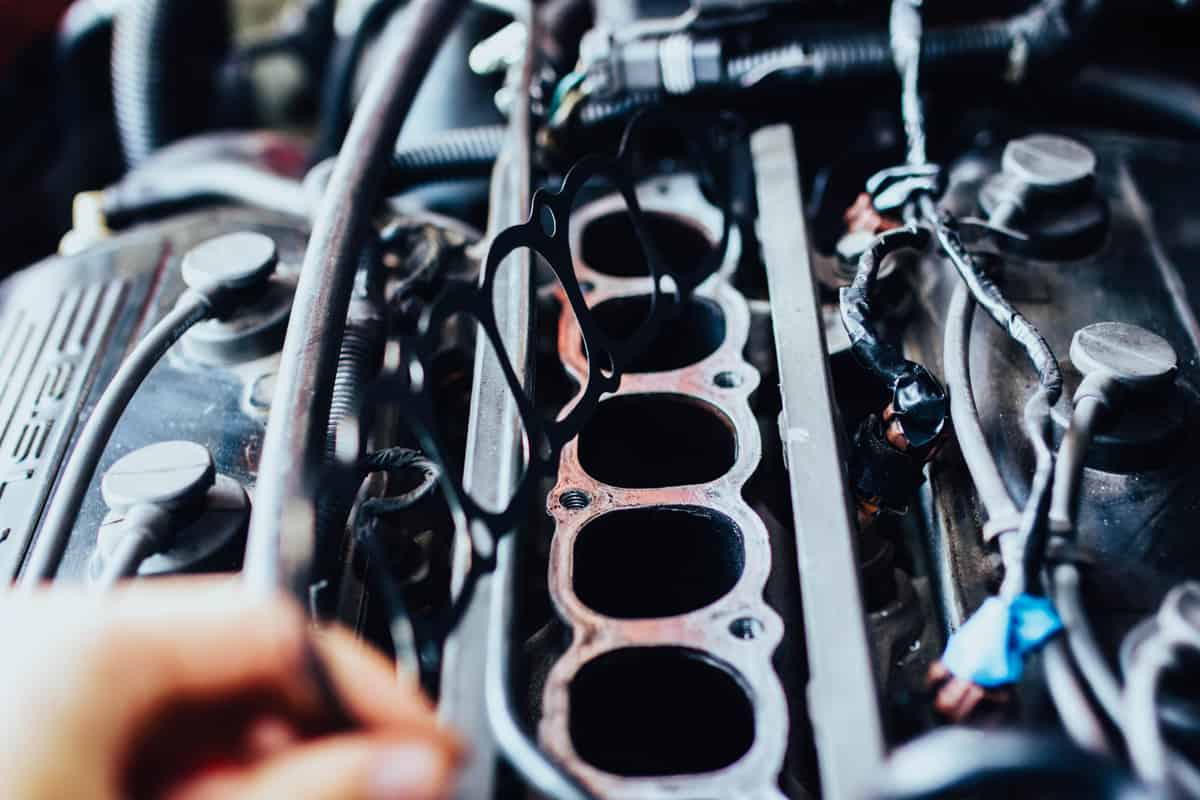It can be worrisome to hear a whistling noise from your Ford F-150 Ecoboost. Now, you’re wondering why it’s making that racket. Also, what can you do to fix this concern? We researched for you and consulted with industry experts regarding this matter, and here’s what we found.
Whistling from a Ford F-150 Ecoboost usually means that it engaged its turbocharger’s features. But a faulty manifold might also be the cause of this noise, particularly if you’re driving the pickup truck at a reasonably low speed. If so, you may need to replace the manifold assembly, which typically follows these steps:
- Prepare for the project
- Remove the fender
- Lubricate the manifold
- Drain the coolant
- Remove the starter
- Remove the turbocharger
- Remove the bad manifold
- Install the new manifold
- Test the turbo
Take note that manifold replacement procedures, particularly for a Ford F-150 Ecoboost, often demand the careful and precise handling of its different components. So continue reading as we talk about this procedure in greater detail. We'll also tackle the vehicle's whistling sound more as you go through this post.

Why Does My Ford F-150 Ecoboost Make A Whistling Sound?

Generally, a Ford F-150 Ecoboost makes a whistling sound to indicate that its turbo is active. Also called a turbocharger, an F-150 Ecoboost’s turbo generally functions by forcing additional air and fuel into the engine. This activation allows the vehicle to eke out additional power, but also produces that whistling noise.
However, if the turbo isn’t active in your Ecoboost and the whistling racket is prominent, it might be because of bad manifold gaskets. Otherwise, this noise might originate from a warped manifold body.
Does The F-150 Ecoboost Have A Button For Its Turbo?

Generally, a Ford F-150 Ecoboost’s turbo features engage and disengage automatically. That also means that this pickup truck model doesn’t have a dedicated button to activate or deactivate the turbocharger.
Instead, the turbo’s features turn on as you accelerate the vehicle. Also, these functions diminish without your assistance as you reduce the truck's speed.
How To Replace The Manifold In A Ford F-150 Ecoboost?

Make sure that you have sufficient automotive know-how to go through with this replacement project. Changing a manifold for a Ford F-150 Ecoboost often requires adequate knowledge, skill, and confidence to complete with as minimal risks of errors as possible. If you believe you lack or don’t possess these traits, let industry professionals handle this job for you.
Nonetheless, continue reading this section to help you gain insight into this procedure:
What You’ll Need
- Panel remover
- Socket wrench set
- Torx wrench
- Penetrating oil
- Replacement manifold assembly
Step-by-Step Guide
Step #1: Prepare For The Project
First, ensure that you park your Ford F-150 Ecoboost at a safe location. Then, secure the work area by following safety protocols like:
- Never smoke or bring flammable objects to the work site.
- Turn off the engine before touching the truck’s internal parts.
- Install wheel chocks to prevent the F-150 from rolling while you’re working on it.
- Only use tools that are in good working condition.
- Wear protective clothing, such as gloves and a respirator, to prevent health risks.
Step #2: Remove The Fender
Remove the fender on the side of the vehicle with the bad manifold assembly. Take note that fender removal can be a laborious and time-consuming process. You can check out this video if you need help in removing this component:
Step #3: Lubricate The Manifold
With the manifold exposed, spray the assembly with penetrating oil. That way, removing the fasteners and the other parts connected to them should be easier than taking them out without using the lubricant.
Step #4: Drain The Coolant
Place a drain pan under the coolant reservoir. Then, remove the container’s drain plug, which should allow the coolant to escape from its tank. Once drained, remove the coolant line from the manifold.
Also, watch this video if you need assistance with this step:
Step #5: Remove The Starter
Unscrew the top bolt of the starter. Move forward by doing the same procedure for the starter’s bottom bolt. If done correctly, you should be able to pull the starter out of its mount.
Step #6: Remove The Turbocharger
Go underneath your Ford F-150 Ecoboost. Then, unscrew the two bolts that should be below the manifold assembly.
While you’re still underneath the pickup truck, unscrew and remove the oil feed line from the manifold. Next, use an appropriately sized socket wrench to remove the nuts that secure the downpipe. After the removal of the nuts, slide the pipe’s collar out of the way.
Then, pull out the vacuum hose from the wastegate. Remove the hose clamps from the air line afterward. Next, remove the coupler from the turbocharger and set it aside temporarily.
The next part to remove is the inlet air hose. To remove it, you need to loosen its hose clamp with a socket wrench. Once loose, pull the inlet air hose from its bracket and set it aside.
The last parts to remove are the three bolts above the turbocharger. You can remove those fasteners with a T47 Torx bit.
After the removal of these components, the turbocharger should be reasonably loose. Ask help from another person to take out the turbocharger assembly from the F-150 Ecoboost to ensure it doesn’t fall.
Step #7: Remove The Bad Manifold
At this point, you should now have clear access to the manifold. Continue the process by removing the bolts that secure the assembly. Pull the worn manifold body and its gasket away from the rest of the vehicle.
Step #8: Install The New Manifold
Install the new manifold and its gasket to the correct mount. Make sure to pay attention to that assembly’s orientation. Then, go through the previous steps in reverse order as you return the other assemblies and parts you removed.
Step #9: Test The Turbo
Don’t forget to remove the wheel chocks from your F-150 Ecoboost’s wheels. Then, test the new manifold by driving the pickup truck to check if the problem disappeared or if it persists.
Check out this upper intake manifold assembly for Ford vehicles on Amazon.
You can also watch the video below for a visual guide of the steps mentioned above:
How Much Does It Cost To Replace A Ford F-150 Manifold?

Prepare to spend about $653 to $1,784 to change the manifold on your Ford F-150. These overall costs often depend on certain factors, such as the truck's specific model.
For instance, the costs to replace the manifold from a 1997 F-150 with a 4.6L V8 engine are approximately $653 to $798. On the other hand, these expenses may increase if you’re going to replace the manifold of a 2010 Ford F-150, which may set you back about $1,460 to $1,784.
Final Thoughts
It typically shouldn’t be worrying if you hear whistling from your Ford F-150 Ecoboost while you’re driving it. Remember, that noise usually only comes from the vehicle’s turbocharger. However, inspect its manifold for faults if the noise persists even when you’re driving at a reasonably slow speed.
Don’t forget to read these other posts if you’re looking for solutions to other unknown truck sounds:
Truck Sounds Like It’s Dragging Something-Why And What To Do?




